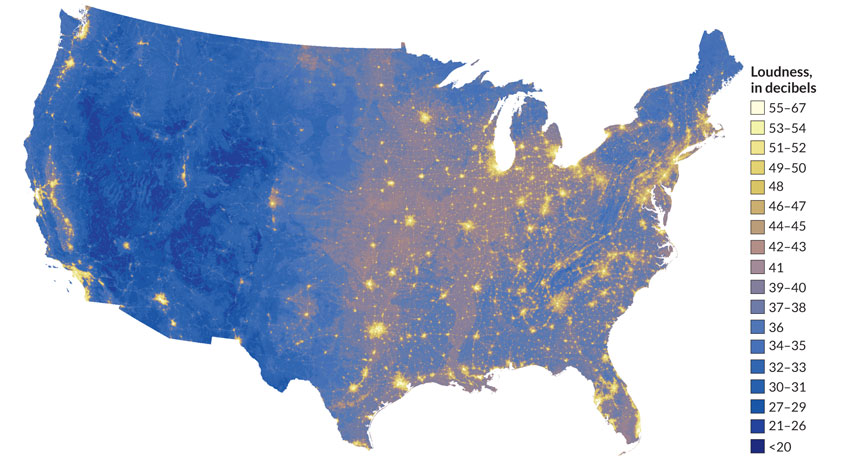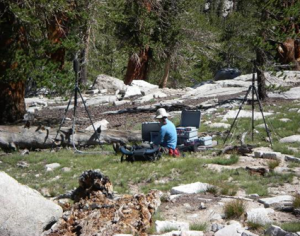
Researchers at Colorado State University are helping the National Park Service study the impact of noise pollution on wildlife and park visitors.
Mahmood Azimi, a professor in the Department of Elect rical and Computer Engineering, and his team are developing novel software, firmware, and hardware solutions to enable long-term, continuous, and unattended monitoring of natural sounds in national parks, as well as man-made noises that aren’t so peaceful such as the rumble of motorcycles or the whir of air traffic.
rical and Computer Engineering, and his team are developing novel software, firmware, and hardware solutions to enable long-term, continuous, and unattended monitoring of natural sounds in national parks, as well as man-made noises that aren’t so peaceful such as the rumble of motorcycles or the whir of air traffic.
In the past, NPS scientists collected more than a million hours of sound using heavy, power-hungry recording devices that required extensive post-processing and data analysis to identify the sources of sounds. While findings from these devices allowed the NPS to create a preliminary map of the loudest and quietest areas in the country, it was just the first step in addressing the problem of noise pollution.
“The National Park Service wanted to broaden their reach to include the most remote places of our national parks and extend the duration time of their data collection, but they were limited by the existing systems,” Azimi said. “In addition, NPS scientists were spending hours and hours trying to crunch the data and identify the source of each sound.”
Developing a solution
The new solutions developed by Azimi and his team create a network of sophisticated sensor nodes that are cheap, lightweight, and intelligent with onboard processing capabilities.
Outfitted with solar panels and batteries, the nodes can be deployed to far-off corners of the National Parks for months at a time to gain a comprehensive picture of the noise distribution. Featuring a variety of communication capabilities, the sensor nodes are programmed to work together, forming a network that monitors, collects, processes, and classifies the sounds with tremendous accuracy.
Summary results are then wirelessly transmitted in real-time to a park station, eliminating the need for in-depth post data analysis in the laboratory.
“This development is a huge step for us as we strive to expand the scope of our work and provide answers to the problems associated with unnatural sounds in our Parks,” said Kurt Fistrup, senior scientist for the NPS. “I’m impressed with the innovation of the research team at CSU. Their work advances our mission while saving us time and money.”
Because sound can be turned off, the wonderful thing about noise pollution is that it’s susceptible to improvement. Fistrup added, “Our collaboration with CSU will ultimately provide tremendous benefits for the integrity of ecosystems and protection of wildlife in our national parks, and that’s the most important duty for all of us.”
The cutting-edge systems developed at CSU also can be equipped with multiple sensing capabilities for use in other applications such as early fire detection or locating poachers.
Other collaborations
Azimi also is working with NPS scientists on another project to design and build low-cost, low-power ultrasonic recording devices for monitoring bat activities. The devices, which are ready for field testing, will help scientists understand why bats leave their caves during hibernation.